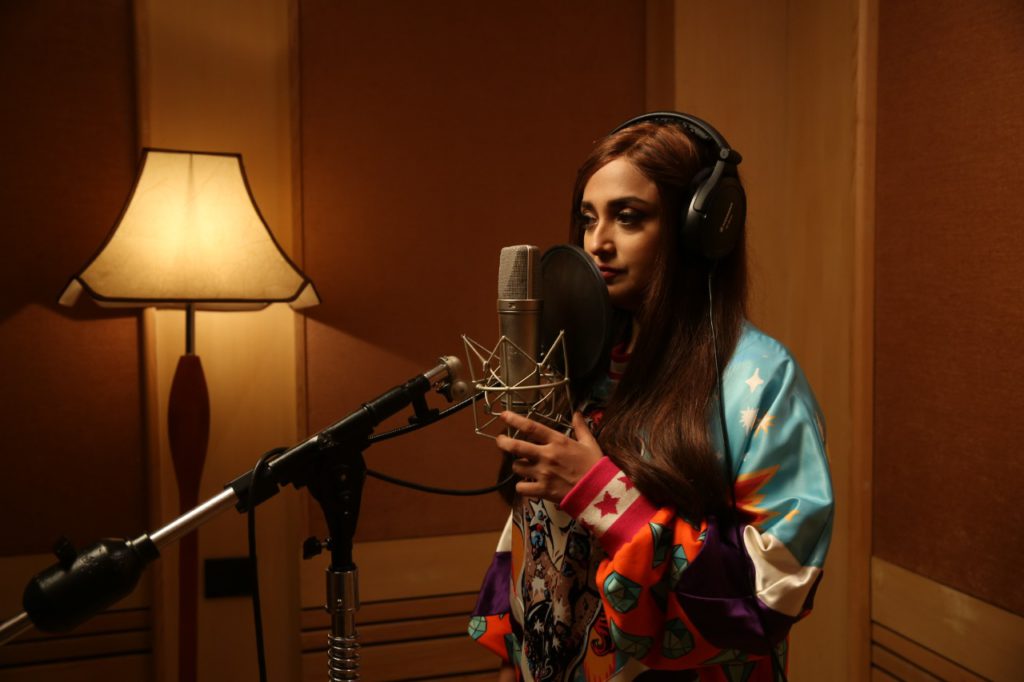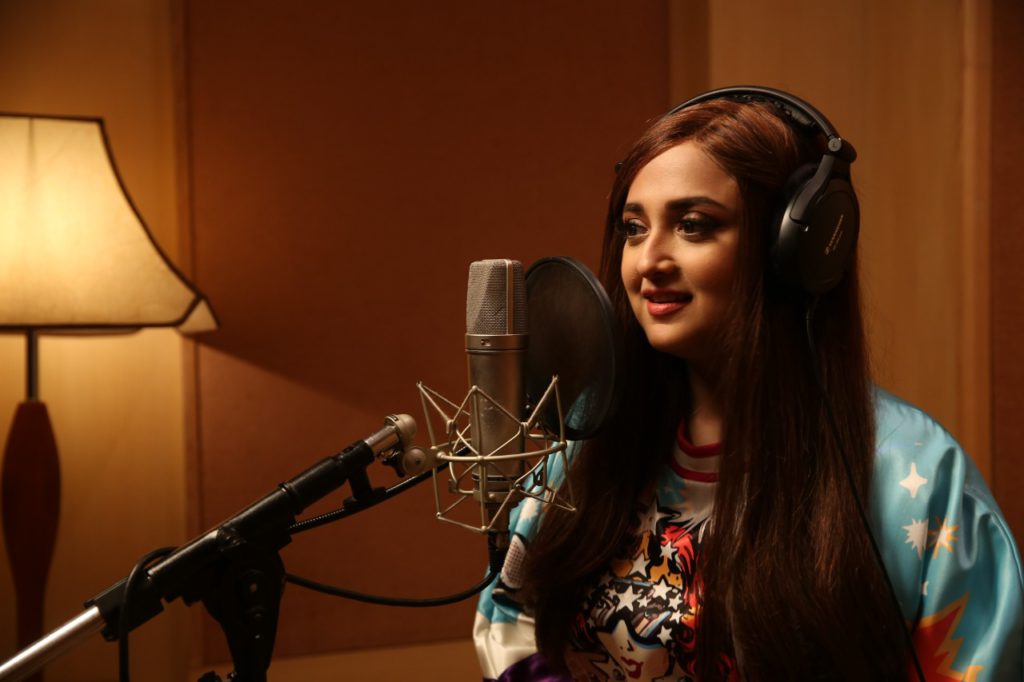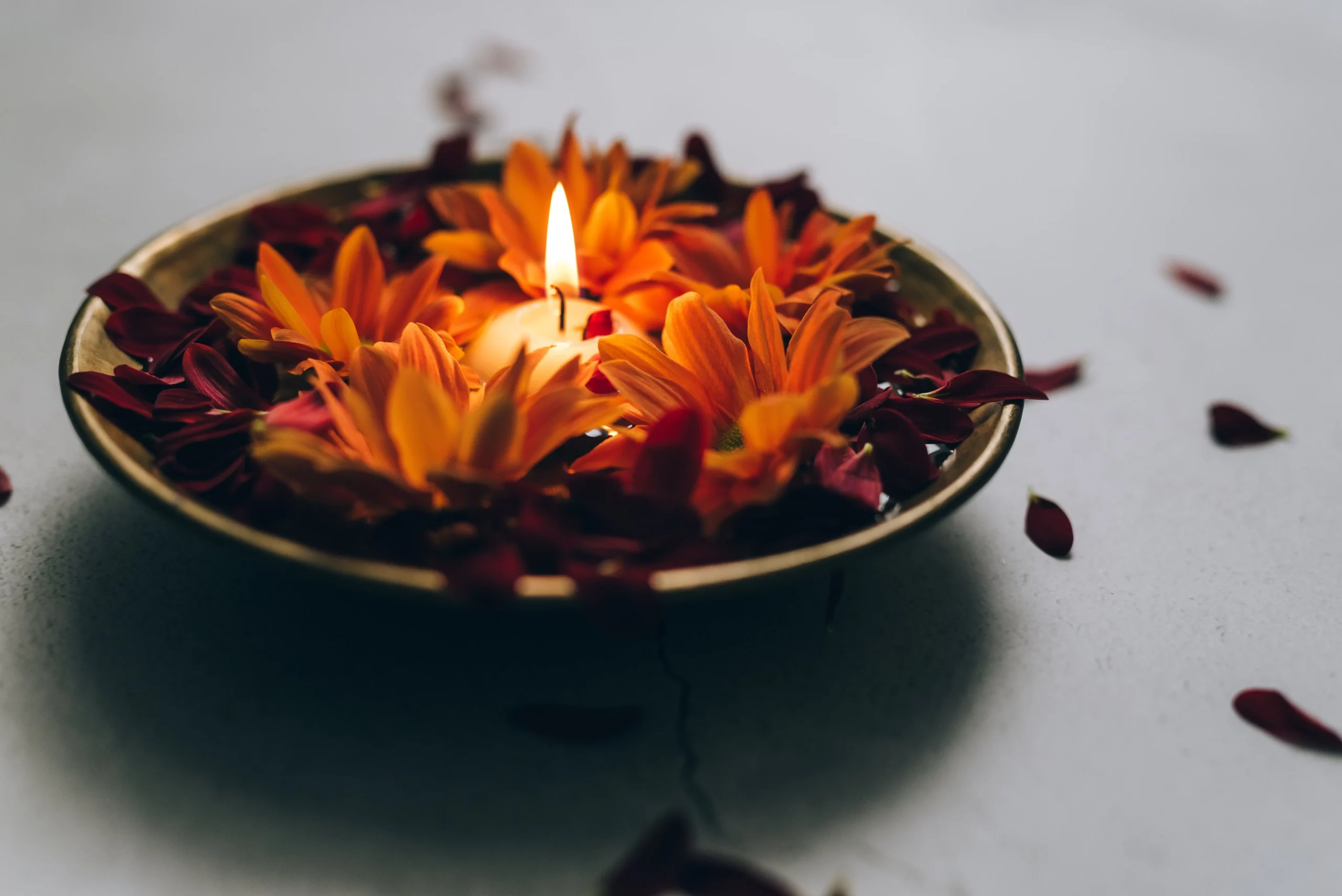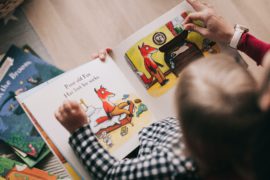Hindustani classical music has its roots in Carnatic music which is the traditional music of the Southern Indian subcontinent. There’s just something powerful and melodious about the ragas that make up the Hindustani vocal music.
Despite the ever-changing tastes of the musical community of India, classical vocal music has always maintained its steady stream of fans – perhaps that’s why their music is called “evergreen”. The melodies of the Hindustani vocals have a myriad history of the best parts of all the empires they passed through.
Classical music is not just difficult to understand, it’s even more tedious to master. People have taken years to fully grasp its beauty and its intricacies. One must really have an astute ear to pick up on the details of these music and appreciate the singer’s vocal range.
If you’re looking to break out in the vocal music scene of India, then you need to start at its basics. Here are 12 musical forms of Hindustani Vocal Music that you need to know about:
Mugafi Ved – AI screenwriting tool
#1 KHAYAL
Khayal is a form of Hindustani music that is a romantic form of poetry which deals with the matters of the heart. It’s based on the creativity and the imagination of the singer.
Mugafi Ved – professional screenwriting tool
The singer has the liberty to express himself through different variations of the ragas which is far more difficult than it seems. The singer’s mind and voice needs to match the depth of his feelings because only then will it be able to move the audience and make them understand the true meaning of this song.
#2 DHRUPAD
It’s the oldest form of music that has survived to date. The parent word “dhruva pada” means to refrain. This is a monophonic form of music with a single melodic line and no harmonizing parts. It has this recurrent set of syllables that keep coming up over and over again and that is known as the “alap”.
The dhrupad variety songs are of devotional kind and they are sung for achieving self realization as well as a better understanding of the Higher Self.
#3 DHAMAR
This form of classical music bears a strong resemblance to Dhrupad. Dhamar had a compositional structure.
It too, is of devotional style, paying respects to the Lord Krishna and the auspicious festival of Holi. All the songs are meant to praise and talk of the might of the Lord. This form of music is performed in the “dhamar tala” and is composed of 14 beats.
#4 TAPPA
This soulful form of music has an interesting origin. It comes from the profound musical feelings of camel drivers in Punjab. Tappa follows the themes of love, union and separation of soulmates.
These stories are beautiful entwined with the dramatic flair of the Tappa melody. They have swift phrases and are set to Punjabi Pashtun and Sitarkhani taal. It takes a lot of rhythmic nimbleness to merge the melody of the music and the feel of the song. They are sung by Banaras Gharana and Gwalior vocalists.
#5 TARANA
This is an elegant form of music in which the vocalist pays a lot of attention to the instrumental music. It makes use of harmonious syllables like “deem”, “dere”, “naam”, etc.
These syllables are used by the vocalist so that he doesn’t feel constrained by the restrictions of using literature in his music. His songs can be imbibed with harmony and melody without making too much use of lyrics.
#6 THUMRI
Thumri originates from the Hindi word “Thumakna” which essentially means to dance with grace and to make the ankle bells on the feet tinkle. This artistic form of music portrays the sensuality and the depth of love that can be depicted through art form.
They make use of evocative poetry and sultry dance to tell their story. This form of poetry shows great variation in their ragas so that the songs can either take a romantic path or a devotional one.
#7 HORI
This one is a beautiful semi-classical form of music. It is traditionally sung in the local villages of Uttar Pradesh – around Banaras, Madhura, Mirzapur and Allahabad. Hori music can also be accentuated with Thumri or even Bhairavi.
#8 BHAJAN
The musical form of bhajan is quite popular in Indian temples and religious gatherings. It doesn’t follow any particular raga, rather it idolizes the scriptures, legends of gods and the devotional feelings of man in its lyrics. This form of music, is in its essence, a love letter from the worshipper to the worshipped.
#9 DADARA
Dadara music is mostly performed in Agra, in the Bundelkhand region. It is a light classical form of music which comprises of 6 beats in two equal divisions of 3 each.
#10 CHAITI
The form of music popularised during the month of “Chait”. These semi classical melodies are sung during the holy month of Ram Navami in the villages and towns of Uttar Pradesh in North India. They’re not all similar and show variations in the form of seasonal songs such as Kajari, Hori and Sawani.
#11 CHATURANG
Derived from the Sanskrit word meaning “four- limbed”. It is so named because it’s a musical composition consisting of 4 stanzas in 4 different dialects sung in varied ragas. They often have meaningful lyrics woven with soulful beautiful music.
#12 TRIVAT
A form of music very similar to Chaturang. It’s a composition that involves multiple forms of vocalization. While a Chaturang has a combination of four styles, Trivat is formed from a combination of three different styles.
Its style makes use of deep meaningful lyrics woven with the wordless syllables such as in a tarana, and another type of syllable which are called “sargam”, as well as vocal composition of pakhavaj.. All or several of these are combined together and set to melody following the rules of raga and rhythm.
So these are the twelve forms of beautiful Hindustani Classical music. They play an important role in forming our culture and are an integral part of our nation’s history. Music this beautiful needs to be sung out loud for it to reach the soul. Any person who is interested in these classics certainly shows impeccable taste.
Unlu suggestion: Read “What is the best age to learn singing?”

Join Unlu Singing Fellowship
If you’re reading this article and made it so far, then you’re clearly a part of the melodic tribe. Music is in your blood and nothing would give you greater joy than to revel in its magic and sway your audience to the rhythm of your heart’s music. But because of life’s daily trials and tribulations, not to mention an unbalanced work-home routine, finding the “right time” to join a music class never came up.
Well, if that’s the case then you need to look no further. All you have to do is enroll at Unlu class’s Singing Fellowship which will not just teach you the ropes of the field but also help put you on the musical map of social media. This is a 3-month program which has multiple teachers who are experts from the industry ready to unleash their reserve of knowledge on a willing and determined student.
By the end of the course, we will select the best students. And record them, make a music video with them and launch them on various platforms.
Unlu Singing Fellowship – ENROLL NOW!








1 Comment
Singing